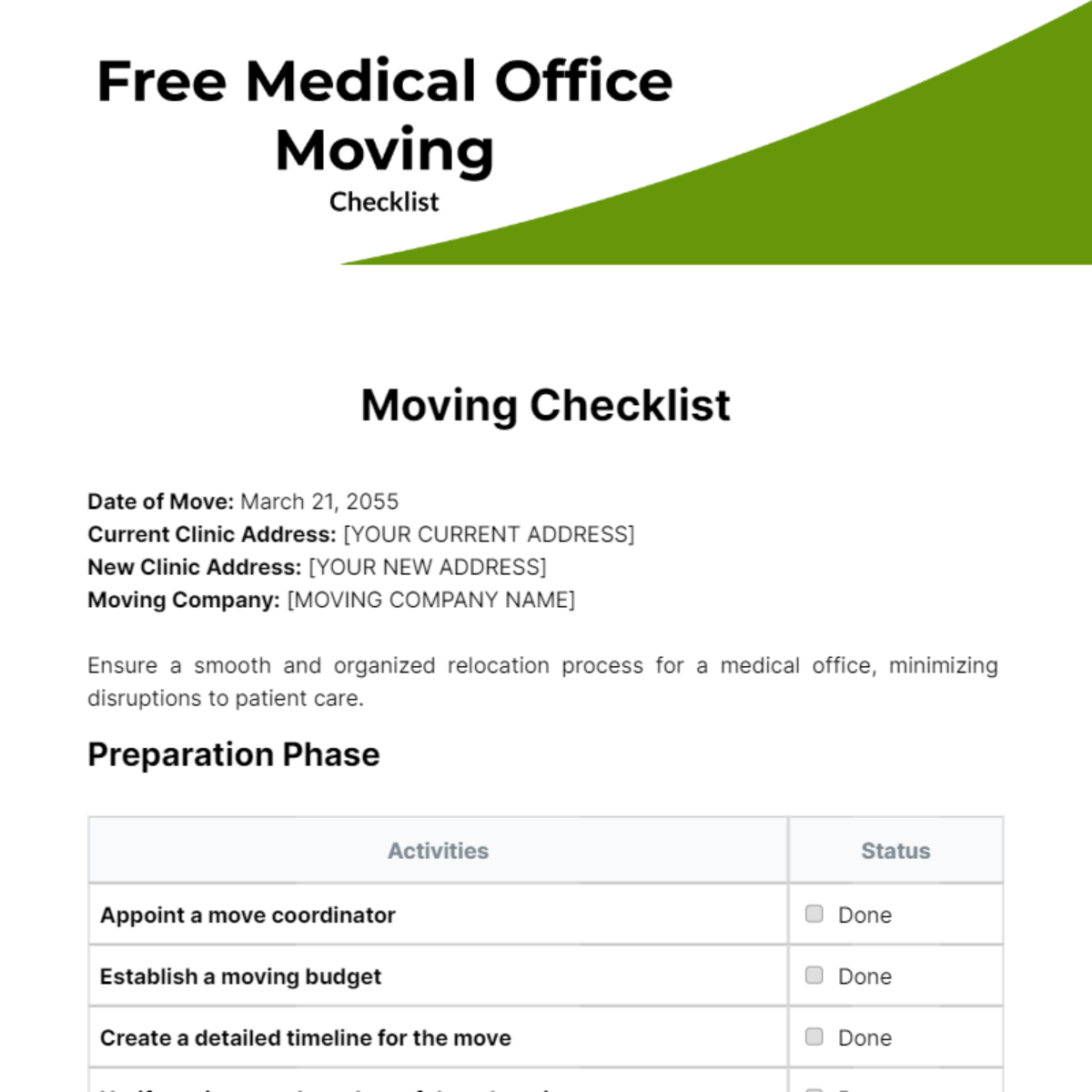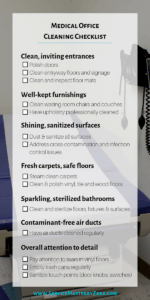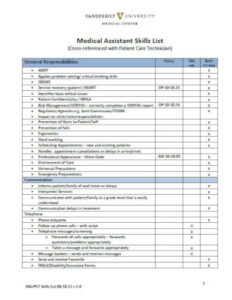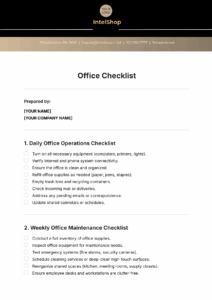Moving a medical office isn’t just about changing addresses; it’s a complex operation that requires meticulous planning and execution. Unlike a typical office move, you’re dealing with sensitive patient information, specialized medical equipment, regulatory compliance, and the critical need to maintain continuity of patient care. The thought of it all can feel overwhelming, but with the right approach, it can be a smooth transition.
Imagine trying to coordinate everything from transferring patient records securely to setting up new utilities and ensuring all your diagnostic equipment is recalibrated without a clear roadmap. It sounds like a recipe for stress, doesn’t it? That’s precisely why having a comprehensive plan, like a medical office relocation checklist template, is absolutely indispensable. It serves as your guide, ensuring no critical detail is overlooked and every step is managed efficiently.
Charting Your Course: Pre-Move Planning Essentials
The success of your medical office relocation hinges largely on the groundwork you lay before a single box is packed. This phase is all about strategic thinking, detailed scheduling, and delegating responsibilities. Think of it as the mission control for your entire move; the more thorough you are here, the fewer surprises you’ll encounter down the line. It’s crucial to start planning as early as possible, ideally six to twelve months before your target move date, depending on the scale of your practice.

One of the first steps involves forming a dedicated relocation committee. This small team, comprising key staff members, will be responsible for overseeing different aspects of the move. Assigning specific roles, such as an IT lead, a patient communications lead, and an equipment logistics lead, ensures that specialized areas receive the attention they need. Regular meetings for this committee are vital to track progress and address any emerging issues promptly. Clear communication within the team and with external vendors will be your strongest asset.
Next on your agenda should be a comprehensive budget and timeline. Factor in costs for movers, packing supplies, IT specialists, new signage, potential downtime, and even unexpected expenses. The timeline should be broken down into weekly or bi-weekly tasks, detailing who is responsible for each item. This structured approach helps in visualizing the entire project and ensures that deadlines are met systematically. Don’t forget to include a buffer for unforeseen delays, because in any major project, they’re almost inevitable.
Regulatory Compliance and Patient Communication
- Licensing and Permits: Verify all state and local licensing requirements for your new facility. This includes medical licenses, business permits, and any specific health department approvals. Start this process early, as it can often be lengthy.
- HIPAA Compliance: Ensure all patient records, both physical and digital, are handled with the utmost security throughout the relocation. Plan for secure transport of physical files and a robust data backup and migration strategy for electronic health records (EHRs).
- Patient Notification: Develop a clear communication plan to inform your patients about the upcoming move. Send out notices via mail, email, post on your website, and display signage in your current office. Provide the new address, contact information, and the effective date of the move well in advance. Consider holding open house events at the new location to help patients feel more comfortable.
Furthermore, managing your vendors is a critical component of pre-move planning. This includes obtaining quotes from professional medical movers who specialize in delicate equipment, coordinating with IT service providers for network setup and data migration, and scheduling utility transfers. Ensure all contracts are clear regarding services, timelines, and insurance coverage. A reliable team of external partners can significantly reduce the burden on your internal staff and provide specialized expertise that is invaluable during a medical office relocation checklist template execution.
Finally, conduct a thorough inventory of all your existing equipment, furniture, and supplies. This is an excellent opportunity to declutter and dispose of old or unneeded items, which can save on moving costs. For crucial medical devices, confirm their service and calibration schedules, and coordinate with vendors for necessary re-calibrations at the new site. Detailed floor plans of your new office will help you visualize the layout and determine where everything will go, allowing for efficient placement upon arrival.
The Move Itself and Settling In
Once the extensive planning phase is complete, the actual moving days arrive. This period requires meticulous coordination and quick problem-solving. It’s about executing the plan you’ve so carefully crafted, ensuring everything transitions smoothly from your old location to the new one. Clear labeling, constant communication, and a well-briefed team are essential for minimizing disruptions.
A crucial aspect is the secure and organized packing of your existing office. Develop a color-coding system for boxes based on department or room in the new office. Label each box with its contents, destination room, and whether it contains sensitive or fragile items. Ensure medical records and essential operational documents are packed separately and transported securely, possibly by a trusted staff member, not just the general movers. This proactive approach prevents misplacement and ensures immediate access to vital information when you need it.
The IT infrastructure relocation deserves special attention. Before the move, ensure all data is backed up multiple times, ideally both onsite and offsite. Coordinate with your IT team to systematically shut down servers, computers, and network equipment. At the new location, prioritize setting up the IT systems first, as virtually every aspect of a modern medical office relies on technology. Conduct thorough testing of all networks, phone systems, and internet connections before reopening your doors to patients. This minimizes downtime and ensures a seamless return to operational efficiency.
After the physical move, the focus shifts to setting up and ensuring everything is functional. Unpack strategically, prioritizing patient care areas and essential services. Conduct a final walkthrough with your relocation committee to identify any missing items, damage, or areas that need immediate attention. Update all your online listings, including Google My Business, healthcare directories, and your website, with your new address and contact information. Confirm that your mail forwarding is active and that all key suppliers and insurance companies have your updated details. This post-move phase is just as important as the planning, as it solidifies your new beginning and ensures your practice can continue to serve its patients without interruption.
Ultimately, navigating the complexities of a medical office relocation doesn’t have to be a source of constant anxiety. By leveraging a detailed plan, embracing careful organization, and involving your dedicated team, you can transform a daunting task into a manageable project. The foresight and effort you invest in the preparatory stages will pay dividends, ensuring minimal disruption to patient care and a smooth transition for your staff.
With a comprehensive strategy and a practical framework guiding your steps, your medical practice will not only move successfully but will also be positioned for continued growth and excellent patient service in its new home. It’s about more than just moving; it’s about strategically advancing your practice with confidence and efficiency.



